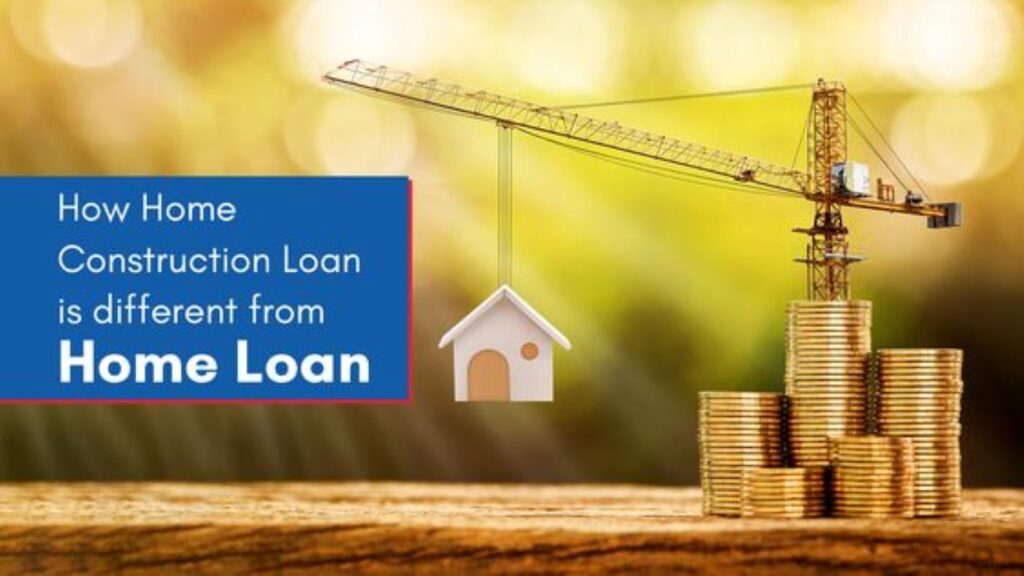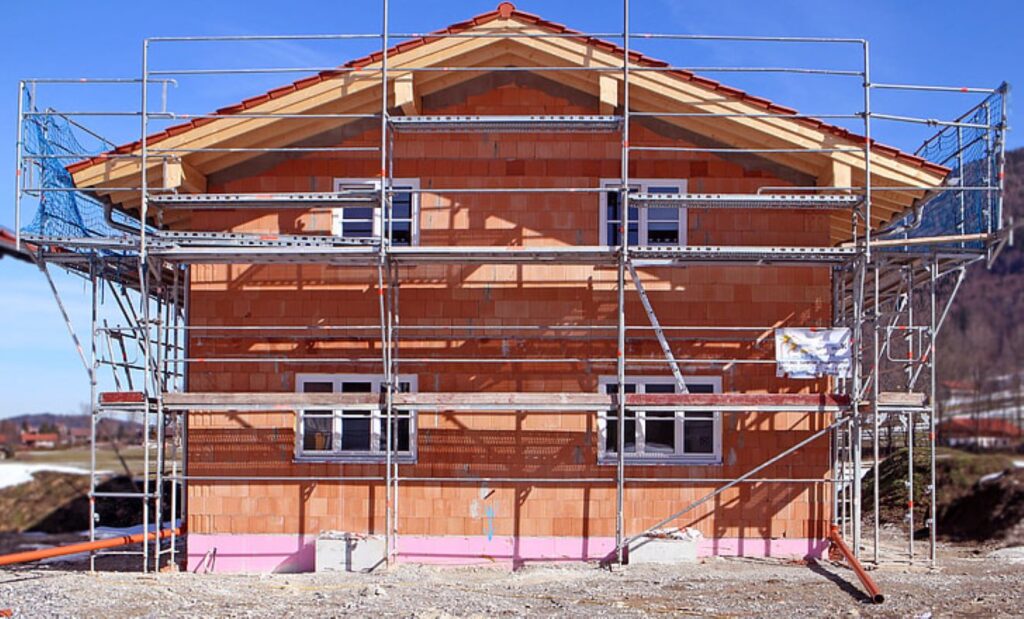Prospective homebuilders familiar with property loans may find construction loan interest rates higher than regular mortgages. This is another reason why it is essential to familiarize yourself with the different types of construction loans before plunging in headlong.

Some folks find it downright difficult to find a home that fits their requirements. So, they abandon the idea of homebuying and become homebuilders. Now, we are not preventing readers from taking out a construction loan. Instead, it is important to understand the intricacies of these loans before taking them. Understanding how they work will help homebuilders enjoy maximal benefits on their construction loans.
What Are Construction Loans?
Construction loans are funds that help prospective homeowners construct their homes to taste. This may not apply to modular homes but to stick-built homes; these are properties constructed piece-by-piece on-site. There are, however, different types of construction loans, which are differentiated by the cost coverage and repayment plan.

We shall address the different types of construction loans later; instead, below is a highlight of the expenses that a typical construction loan covers:
- The Land/Lot
- Contractor and Labor Payments
- Purchase of Building Materials
- All Applicable Home Construction Permits
Yes, construction loans help homebuilders with the highlights above. However, there is a limit to how far they can go. While the loan may cover monumental expenses like lot purchases, it does not support the cost of design services. So, homebuilders will have to pay for the services of a draughtsman, professional architect, or interior designer out of pocket.
ALSO READ: Navigating the High Cost and Mortgage Rates Faced by Prospective and Current Homeowners
How Do Construction Loans Work?
The terms on the average construction loan lasts for a maximum of one year, making a construction loan a short-term loan. By implication, the builder must terminate the building project before the expiration of the construction loan term. Due to the short span of construction loans, the prospective owner of the home and the building contractor would need to provide a detailed timeline of the project execution as part of the loan application.

Consequently, lenders of construction loans never release funds in a lump sum. Instead, they release fragments as evidence of each phase of completion made available to the lender. Also, there are seldom cases where the loan lender releases the funds to the homeowner. Instead, they disburse directly to the building contractor. An inspector helps check the progress of the work, and a construction loan calculator is used to determine the funds for disbursement in each tranche of payment. All these safety nets are a sort of homeowner insurance policy to ensure the construction progresses as expected.
Different Types of Construction Loans
Construction loans come in different flavors, tailored to homebuilders‘ financial needs. Some of the different types of construction loans are:
1. Construction-Only Loan
This construction loan category covers only the building of the home. So, repayment after the one-year maturity is the sole responsibility of the borrower. Borrowers often repay construction-only loans in one of two ways. Financially buoyant borrowers can repay the loan with a single cash payment. Otherwise, the borrower can obtain a mortgage for that purpose.
2. Construction-to-Permanent Loan
This category of construction loan is a hybrid; let’s explain what that means. Right after the completion of the building and after the owner moves in, all the expenses that went into the construction are placed in a traditional mortgage. So, the borrower then decides on the convenient repayment plan, either 15- or 30-year construction-to-permanent loan rates. In addition, the end loan may come with an adjustable or fixed rate.
Prior to commencing the regular mortgage repayment, during the home construction phase, the borrower only needs to pay interest on the amount drawn up until that period.

3. Owner-Builder Construction Loan
Let’s paint a scenario where a building contractor wants to build a home and decides to apply for a construction loan. They would most likely be advised to take this category of construction loan because it allows the borrower/owner to double as the building contractor. Lenders will obviously not award an owner-builder construction loan to borrowers without technical skills and experience in the construction sector.
4. Renovation Loan
This loan covers the expenses involved in home renovation instead of fresh home construction. If the renovation expenses are less than $20,000, borrowers are often advised to use a credit card loan.
ALSO READ: Millennial Homebuyers: Challenges, Key Stats, and Expert Tips for Homeownership
Construction Loan Rates: What to Expect and How They Are Determined
Construction loan interest rates are usually variable, unlike what applies to mortgage interest rates. By implication, monthly payments on construction loans are likely to fluctuate depending on the prevalent prime rate. The prime rate can be determined with the help of a construction loan interest rates calculator.

In addition, construction loan rates are often high relative to mortgage rates. Lenders explain this disparity by pointing to the difference in securities attached to the two loan types. Unlike construction loans, mortgages use the borrower’s standing properties as collateral. For this reason, construction loan interest rates are usually about one point higher than regular mortgage rates.

